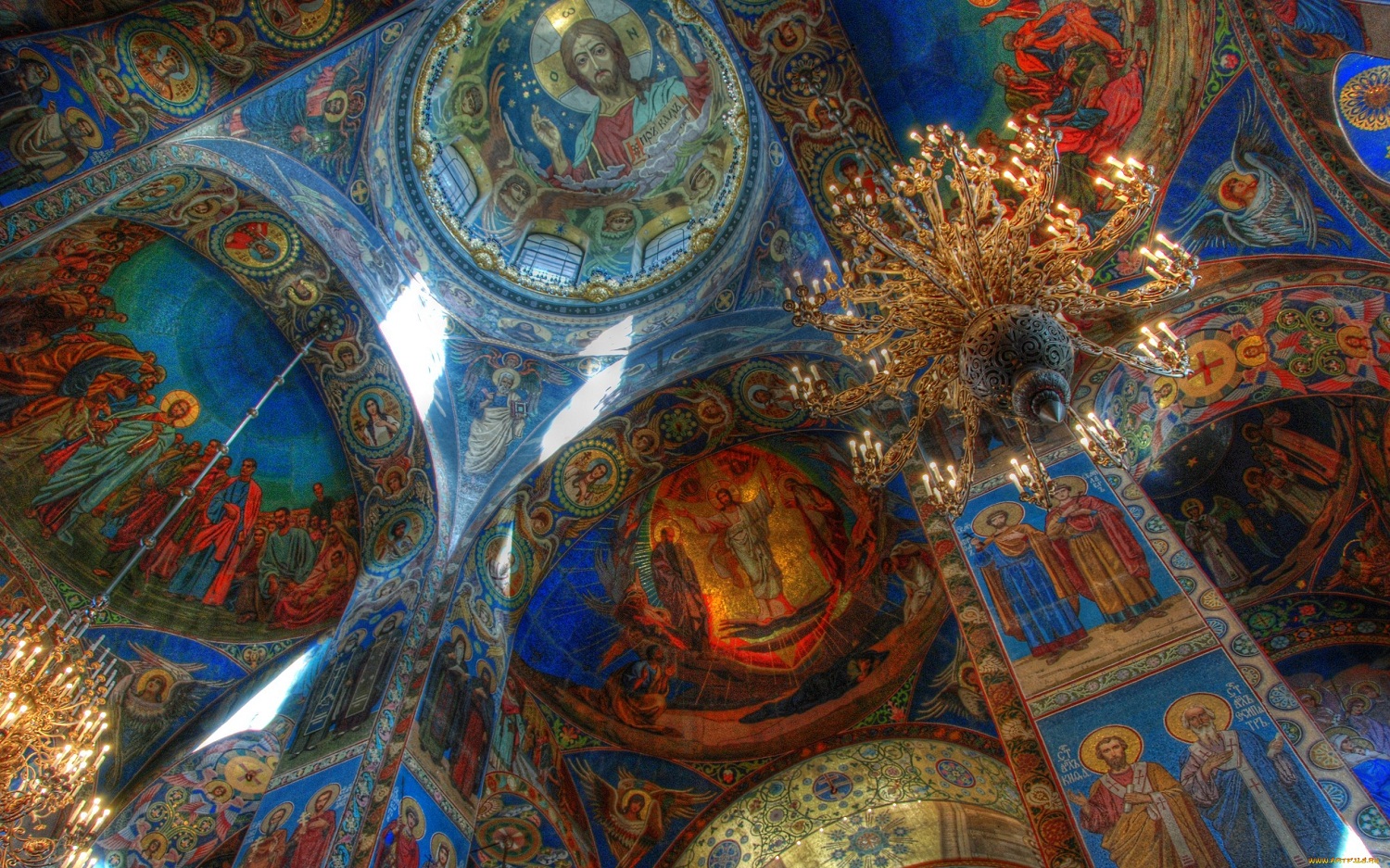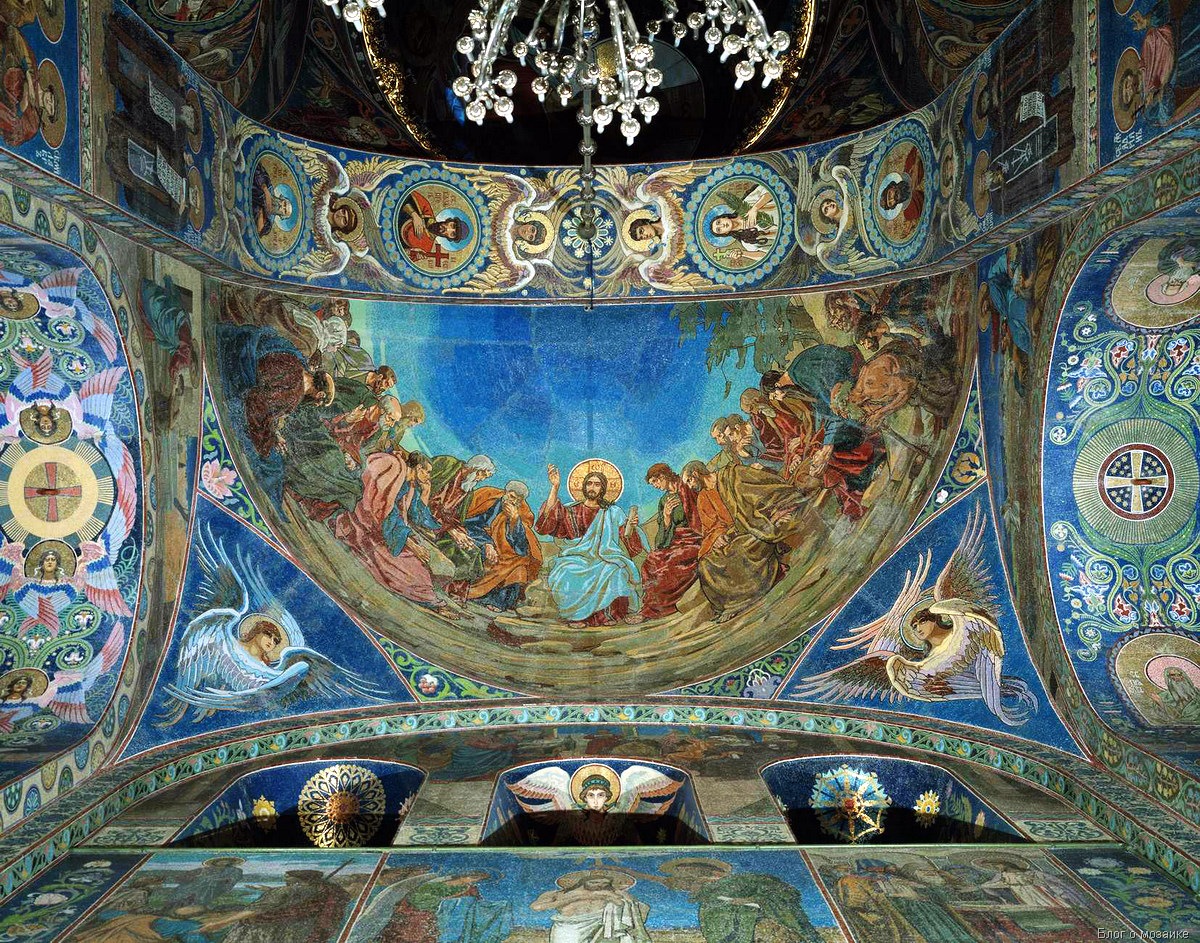The Church of the Savior on Spilled Blood (Russian: Церковь Спаса на Крови, Tserkovʹ Spasa na Krovi) is one of the main sights of St. Petersburg, Russia. Other names include the Church on Spilt Blood (Russian: Церковь на Крови, Tserkov’ na Krovi) and the Cathedral of the Resurrection of Christ (Russian: Собор Воскресения Христова, Sobor Voskreseniya Khristova). This Church was built on the site where Emperor Alexander II was severely wounded and died in March 1881.The church was built from 1883 till 1907. The construction was funded by the imperial family. The name of the church should not be confused with the Church on Blood in Honour of All Saints Resplendent in the Russian Land, located in the city of Yekaterinburg.
Construction began in 1883 during the reign of Alexander III. The church was dedicated to be a memorial to his father, Alexander II. Estimates suggest that the construction cost 4.5 million rubles.The construction was complete during the reign of Nicholas II in 1907. Funding was provided by the Imperial family with the support of many private donors.
The Church is prominently situated along the Griboedov Canal; paved roads run along both sides of the canal. On March 13, 1881 (Julian date: March 1), as Tsar Alexander's carriage passed along the embankment, a grenade thrown by an anarchist conspirator exploded. The tsar, shaken but unhurt, got out of the carriage and started to remonstrate with the presumed culprit. A second conspirator took the chance to throw another bomb, killing himself and mortally wounding the tsar. The tsar, bleeding heavily, was taken back to the Winter Palace where he died a few hours later.
A temporary shrine was erected on the site of the attack while plans and fundraising for a more permanent memorial were undertaken. In order to build a permanent shrine on the exact spot where the assassination took place, it was decided to narrow the canal so that the section of road on which the tsar had been driving could be included within the walls of the church. An elaborate shrine was constructed at the end of the church opposite the altar, on the exact place of Alexander's death. It is embellished with topaz, lazurite and other semi-precious stones, making a striking contrast with the simple cobblestones of the old road, which are exposed in the floor of the shrine.











